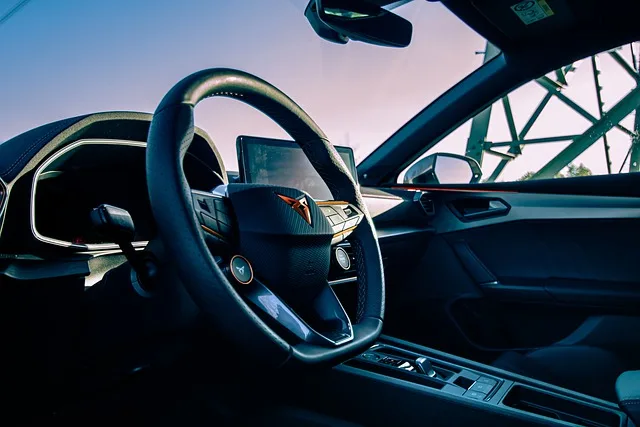Driving Dilemma: Automatic vs. Manual Transmission - Which is Better for You?
You’re about to buy a new car and can’t decide between an automatic or manual transmission. It’s a common predicament. Understanding the key differences between these two can point you in the right direction. Let’s break down these two types of transmissions and help you make an informed decision.
Driving Experiences
Driving a manual car involves a more hands-on experience, as you manually shift gears using the clutch. This offers more control and can be exhilarating for driving enthusiasts. It requires skill, timing, and coordination, giving a sense of achievement when done right.
On the other hand, automatic cars handle gear changes for you, providing a smoother, more accessible drive that’s less physically demanding. Lots of people making a switch from manual to automatic transmission in their car because they simply find it a better overall experience. Ideal for city driving or traffic, automatics free you from frequent gear shifts, allowing you to focus more on the road. The choice between manual and automatic ultimately depends on your preference for control versus convenience.
Shifting Mechanism
The shifting mechanism in manual and automatic transmissions fundamentally differs. In a manual transmission, the driver uses a clutch to disconnect the engine from the transmission to shift gears. The driver must match the engine’s speed (RPM) to the speed of the gear being engaged. This requires skill and judgment.
Automatic transmissions, conversely, use a torque converter to perform this disconnect and reconnection process. It automatically adjusts engine speed to match the selected gear, allowing for seamless gear shifts. Therefore, the primary difference lies in the user’s involvement: manual transmissions require active participation, while automatic transmissions offer a more passive driving experience.
Learning Curve And Skill Requirement
When it comes to the learning curve and skill requirement, manual transmissions present a steeper challenge. Mastering the art of smoothly operating the clutch and gear lever under different driving conditions requires practice and finesse. However, once mastered, it can offer a rewarding and engaging driving experience.
On the contrary, automatic transmissions are more beginner-friendly, with a less steep learning curve. The car takes care of the gear changes, allowing new drivers to focus on steering and controlling the speed. This makes automatics a desirable choice for those prioritizing ease and convenience over control. Therefore, the decision largely depends on your comfort and driving aspirations.
Fuel Efficiency And Performance
When it comes to fuel efficiency and performance, manual transmissions have traditionally held the upper hand. They are often lighter, simpler in design, and directly connect the engine to the wheels, leading to less energy loss and better fuel economy. In terms of performance, manual cars can be quicker off the line and allow drivers to select the most suitable gear for any situation.
However, advancements in technology have significantly bridged this gap. Modern automatic transmissions can rival, or even surpass, manuals in fuel efficiency and performance due to their advanced gear ratios, ability to adapt to driving conditions, and smoother power delivery.
In conclusion, whether you’re a seasoned driver seeking control and engagement, or a novice prioritizing convenience and ease, the choice between manual and automatic transmission boils down to your personal preference and driving style. Make an informed decision and enjoy the ride!



